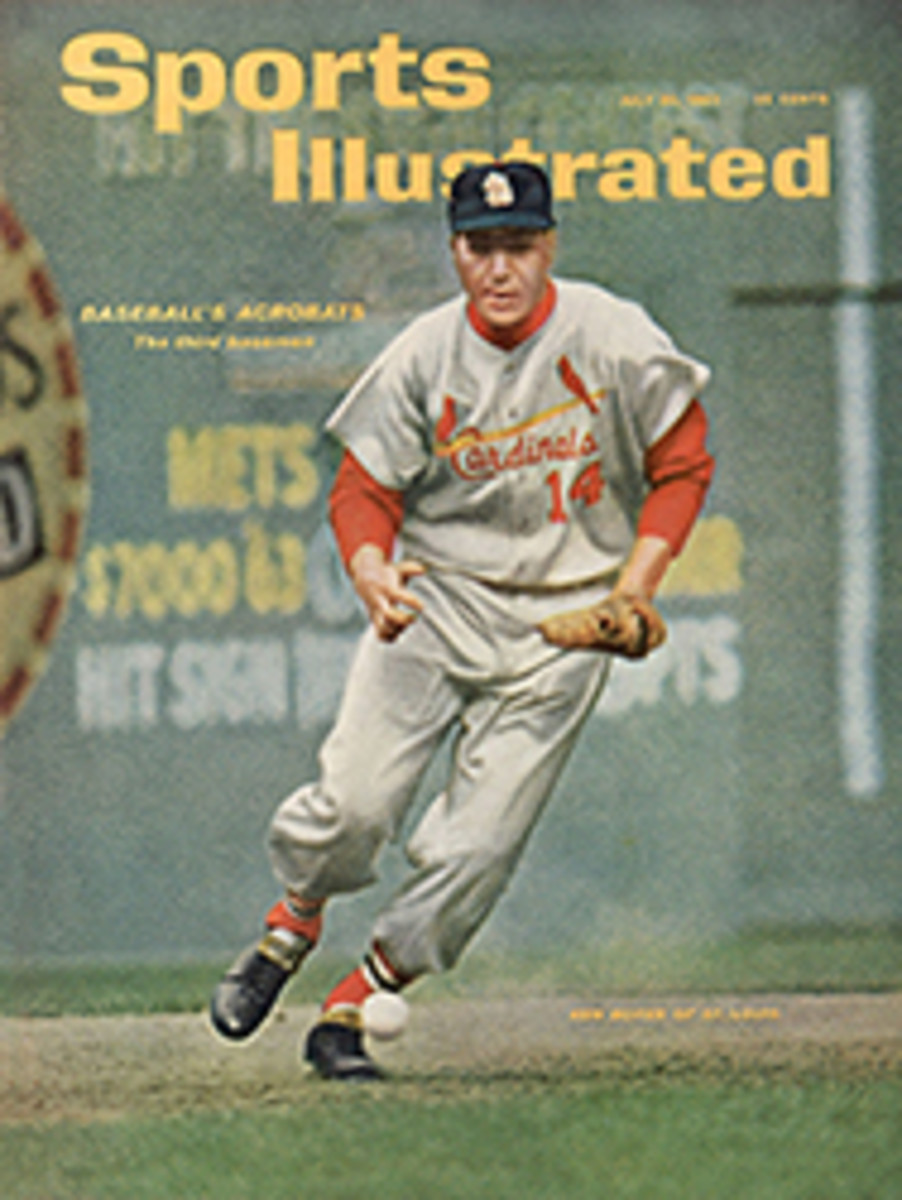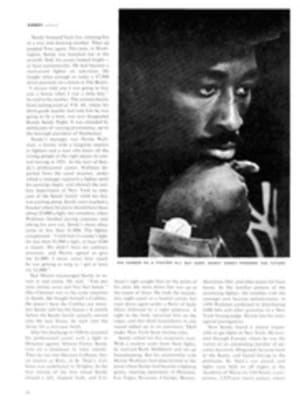
Knowing a small rule can be a great help
A thorough knowledge of golf rules can be of great help to you, because there are times when a regulation that seems to restrict the player actually aids him. An example is Paragraph 22-2c of The Rules of Golf, which concerns dropping or placing the ball after a free or penalty lift. It is a rule that comes up frequently in tournament play, and I have benefited by it more than once since joining the pro tour. The rule reads:
"If a dropped ball rolls out of bounds, into a hazard or more than two club-lengths from the point of dropping, it may be re-dropped, without penalty. If the configuration of the ground makes it impossible to prevent the ball from so rolling, it may be placed at the point of dropping."
The rule clearly states that if the ball rolls into one of the three situations you are allowed to redrop it without penalty, but it implies something equally as important. If the ball rolls into a more favorable spot (provided it does not end up any nearer the hole), you are also allowed to play it from there.
Here is an example from my recent competitive experience to illustrate what I mean. During the third round of this year's Crosby I was playing the Pebble Beach course and at the 5th hole, a 160-yard par 3, I embedded my tee shot in the dirt alongside a sand trap fronting the green. From this spot, even if the ball had not been embedded, I would have had an extremely delicate pitch over the trap. But under a PGA tournament ruling I was allowed a free drop because the ball was embedded. Since the ground sloped to the left, when I dropped the ball it rolled away from the trap—but not nearer the hole—and left me with an easy shot. Thanks to Rule 22-2c, I was allowed to play the ball from this spot and chipped it up close for my par.
ILLUSTRATION
FRANCIS GOLDEN

